If you’re anything like me, the idea of Loom Weaving might have seemed like something far too intricate or space-consuming to even try. Regina, a good friend, once suggested I’d eventually end up weaving on a loom, and honestly, I was convinced it wasn’t for me. I had dabbled in every other fiber craft, but a loom was something I never considered. Who needs a huge floor loom, right? We barely have space for anything else! But then, my perspective shifted when I discovered the rigid heddle loom, an alternative that doesn’t require an entire room or a hefty investment.
The beauty of the rigid heddle loom is its simplicity and portability. It fits on a table or even your lap, making it the perfect tool for beginners. I stumbled upon an online course offered by Taito, a local crafts organization, that even lent the loom to participants. Within one minute of learning about it, I was signing up. It was affordable, and the thought of weaving on a smaller, more portable loom was simply too exciting to resist. The whole process felt awesome, and it gave me the perfect introduction to Loom Weaving without needing a massive setup or floor loom. Whether you’re in a cozy apartment or just getting started, this loom makes the craft accessible and fun for anyone interested.
My Journey Into Weaving: Finding Calm Amidst Life’s Demands
This fall, I found myself turning to something I never imagined I’d enjoy: weaving. It happened during a time when my husband was recovering from arm surgery, and I was juggling the responsibilities of family life. The stress of balancing everything was overwhelming, but then I remembered how weaving had once been suggested to me as a form of therapy. In August and September, I began exploring Loom Weaving on a rigid heddle loom that I had rented, which made the process so much more accessible. As soon as I got into the flow, something magical happened. Weaving became this soothing, grounding activity that allowed both my mind and my body to quieten and rest—a rare and much-needed moment of peace.
The simplicity of the process was part of its undeniable charm. At first, I deliberately avoided anything too complicated, knowing that starting small was the key to building both confidence and skill. I chose a basic scarf as my first project, something I could see through from start to finish without feeling overwhelmed. The beauty of Loom Weaving lies in its rhythm—the gentle, repetitive motion that turns strands of yarn into patterns and textures. There was something almost meditative about it, a soothing cadence that allowed me to unwind after even the most hectic of days.
Setting up the loom, which I had once imagined to be a daunting task, turned out to be surprisingly straightforward. With each thread I carefully placed and every shuttle I guided across the warp, I felt a quiet satisfaction growing within me. It was as though the act of weaving was doing more than creating fabric—it was pulling tension, stress, and scattered thoughts out of my body, strand by strand. Sitting there, focusing on the delicate interplay of color and texture, I felt a rare sense of presence and calm.
What surprised me most was how deeply personal the experience became. Loom Weaving didn’t just give me a creative outlet; it offered a form of therapy. It was a chance to reconnect with myself, to reclaim a sense of inner stillness, all while remaining grounded in my role as a parent and partner. As the scarf gradually took shape, I found joy not only in the final product but also in the quiet, intentional moments along the way. This activity—simple in appearance, yet profoundly restorative—taught me that sometimes the most meaningful forms of self-care are those that gently pull us back into the present, one loop and thread at a time.
Designing the Project: A Creative Journey
When I first dove into textile design, I was overwhelmed by the possibilities—so many different materials, colors, and techniques to choose from! Each decision you make changes the end result. It’s hard to know where to begin. For me, I found it helpful to browse examples online, which helped me shape my thinking process. I was inspired by a simple checkered scarf I saw, and I decided to create something similar. Using the same measurements of 180 x 35 cm, I started to map out the design. The design stage involved some basic math to calculate how much yarn I would need for the project, and it became the perfect way to plan my first steps in Loom Weaving.
Though I’m no expert in color theory, I let my intuition guide me. The feeling I wanted to evoke for my scarf came from the Finnish forest landscape—the deep browns of spruce tree trunks, the vibrant greens of moss, the soft purple of bilberries, and the many shades of blue seen in the waters of lakes and creeks. I chose Rowan Felted Tweed yarns because of their lovely, textured tweed feel and a range of favorite colors that perfectly captured the serene vibe I was aiming for. It was a reminder that Loom Weaving doesn’t require perfection in theory—just creativity and inspiration from the world around you.
Building the Warp: The Backbone of Weaving
When you’re ready to start weaving, the first step is building the warp—the foundation of your fabric. The warp consists of lengthwise yarns that are held in tension on a loom or a frame. As you work, the transverse weft yarn is woven in, following the classic over-under-over pattern, criss-crossing with the warp to create the fabric’s structure. This intricate process forms the threads that intersect and bind together, giving the fabric its final pattern and offering a clear example of how Loom Weaving comes to life step by step.
I used Rowan Felted Tweed yarns for both the warp and the weft, ensuring the warp yarns were strong enough to be stretched without breaking. The process involves pulling each yarn through the slots of the reed using a threading hook. At the other end, the warp yarns are looped around a warping peg, and the length of the warp determines how long your finished fabric will be—like my 180 cm scarf. To hold everything in place, you’ll need two tables, positioned just right, and once the warp yarns are in place, you start winding them onto the loom’s back roller. As you pull the yarns through, some are guided through a secondary hole in the reed, which allows the reed to lift and lower to create openings for the weave. Once tied to the front warp stick, your warp is ready, and the fabric begins to take shape—an essential step in Loom Weaving.
Starting Weaving: A Simple Yet Soothing Journey
Once the warp is set up, weaving becomes the easy part. All you need to do is pass the shuttle from one side to the other, adjusting the tension when necessary or choosing a new color to switch things up. At first glance, it might seem repetitive, but as you get into a rhythm, it quickly becomes much more. The act of weaving transforms into a soothing and almost meditative experience, and that’s the true magic of Loom Weaving—it draws you into a calming state of flow.
What’s amazing is how you become so attentive yet so relaxed at the same time. It’s the perfect balance of focus and presence—the ability to be entirely in the present moment while immersing yourself in the task at hand. This is the magic of Loom Weaving: it’s not just about creating fabric, it’s about losing yourself in the process. I highly recommend watching the short video to get a better sense of what I mean—it shows how weaving can become a calming, almost therapeutic experience.
The Finished Scarf: A Personal Touch
Finishing a weaving project is surprisingly simple once you’re done with the weaving itself. As soon as you run out of warp yarns, you simply cut them off and unwind your finished cloth from the back roller—it’s such an exciting moment! All those bands of color you’ve carefully woven come together to form the final result, the product of many hours of work. But before you’re completely done, there’s one last step: tying up any loose ends. You do this by tying the ends in groups of 4 or 5 yarns using a few different knots and twists to create a beautiful fringe—the final touch that completes your journey in Loom Weaving.
This scarf was made as a birthday present for my sweetheart. He got to inaugurate it during our weekend at my parents’ cottage, surrounded by the very landscape that inspired the colors and design of the scarf. It was a special moment, not only because the scarf was a thoughtful gift, but also because it was a tangible reminder of the love and care that went into each step of the weaving process—a beautiful outcome of Loom Weaving.

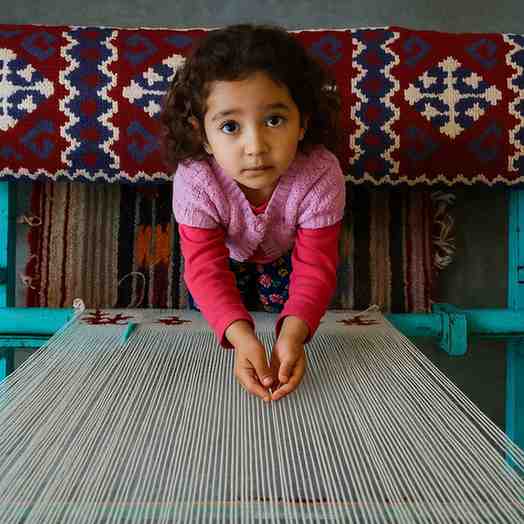
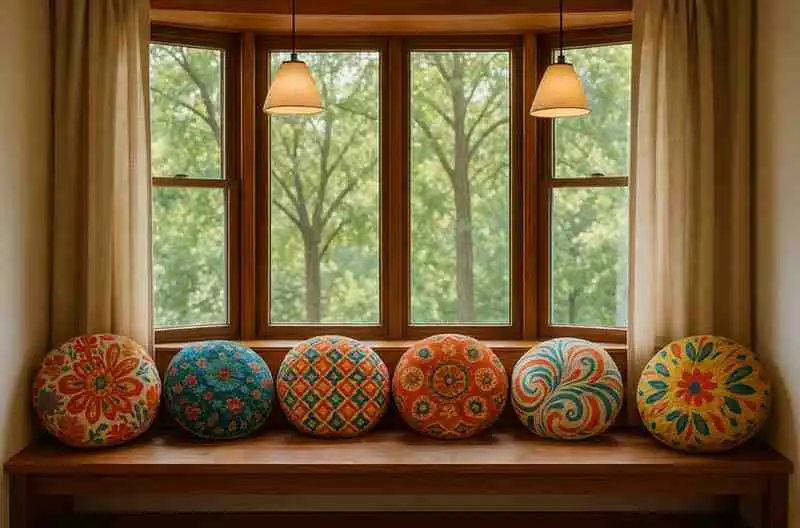
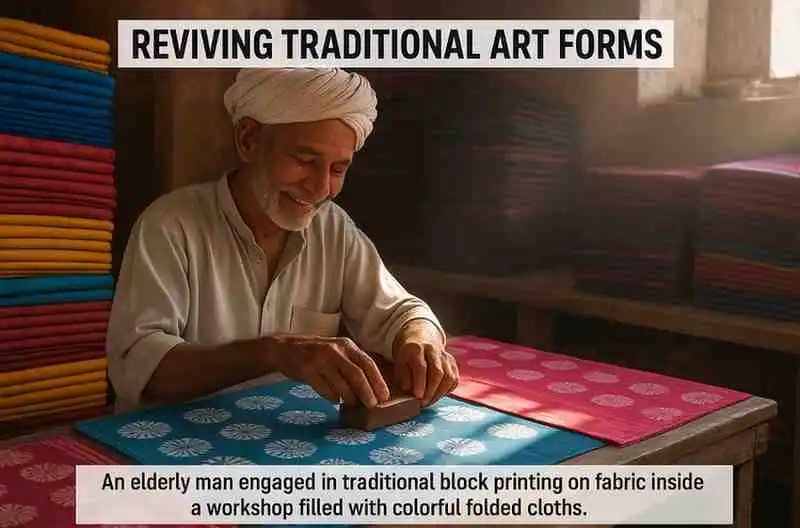
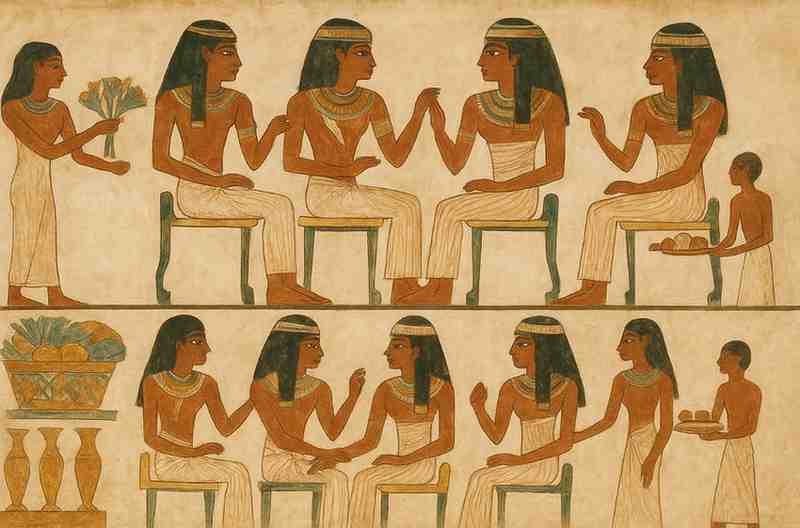
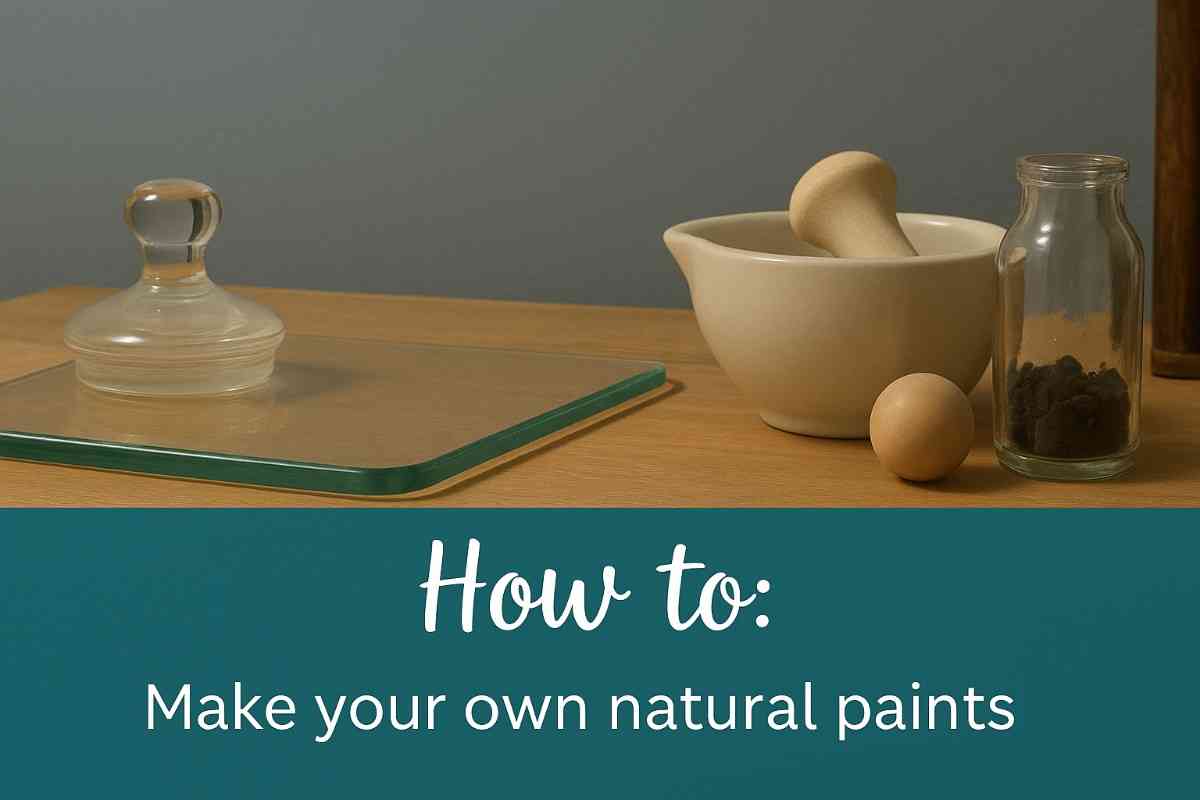
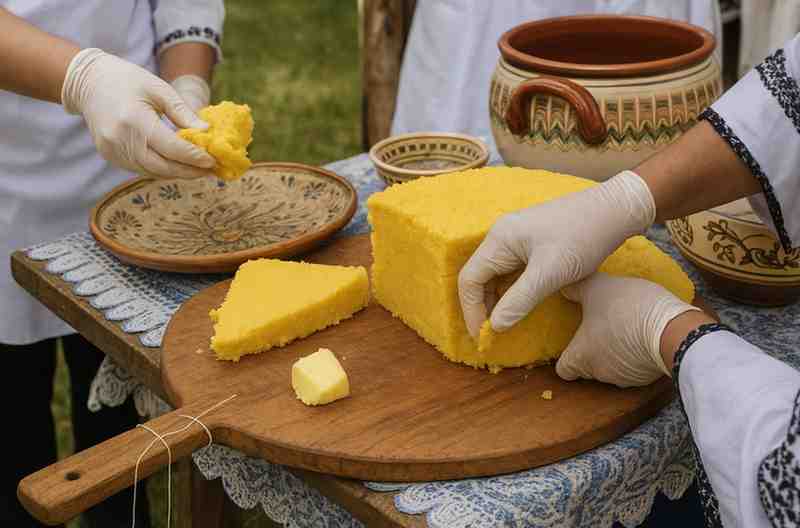
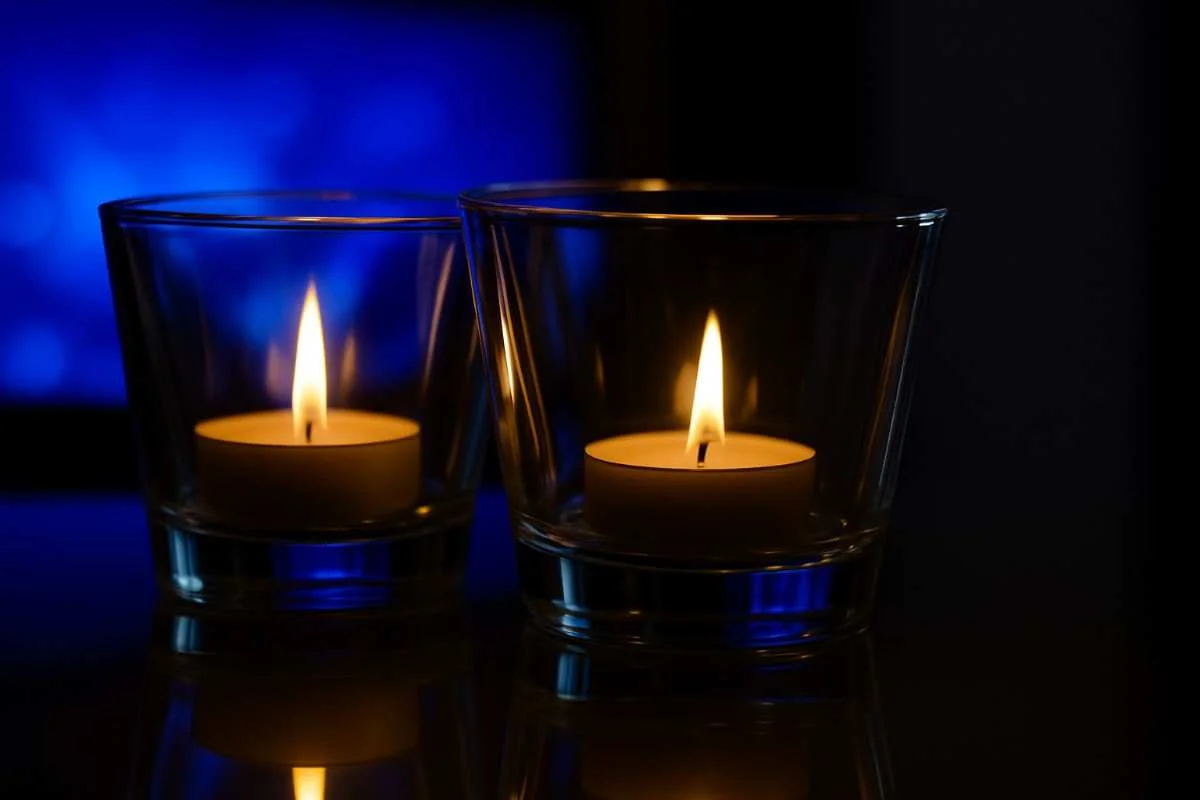

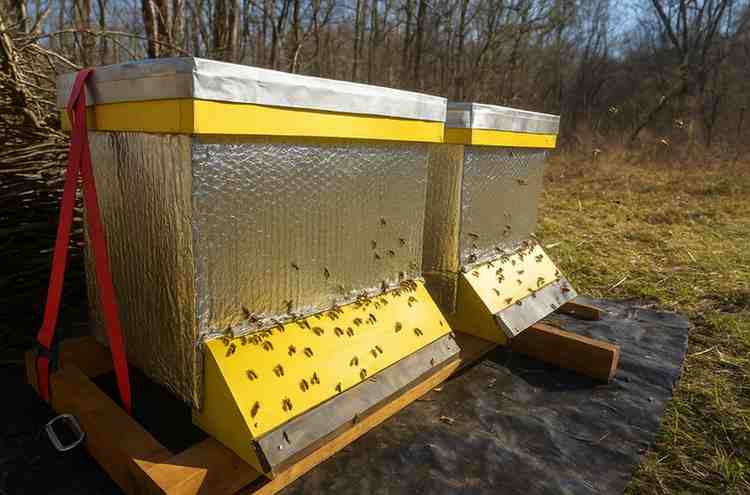
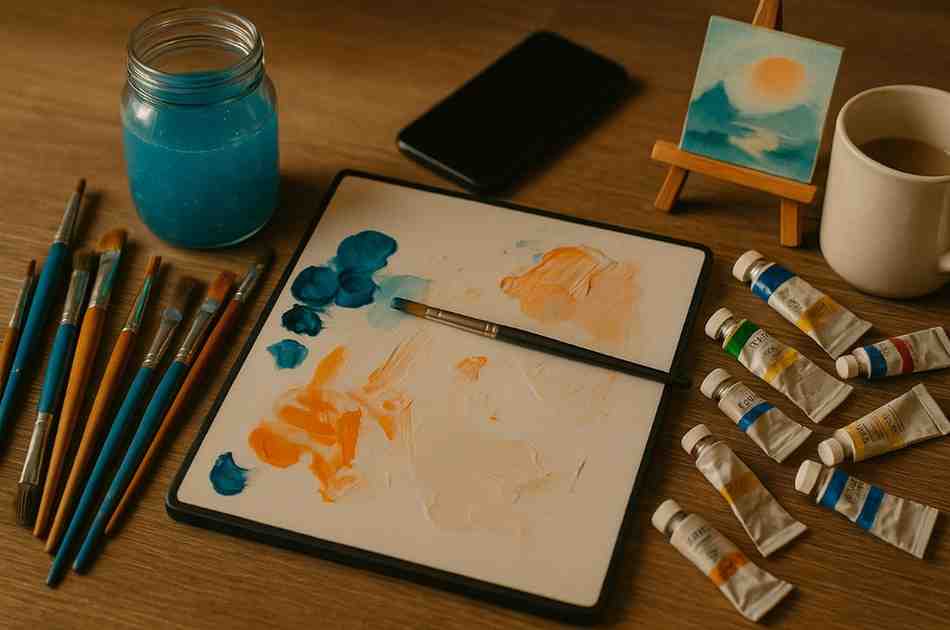
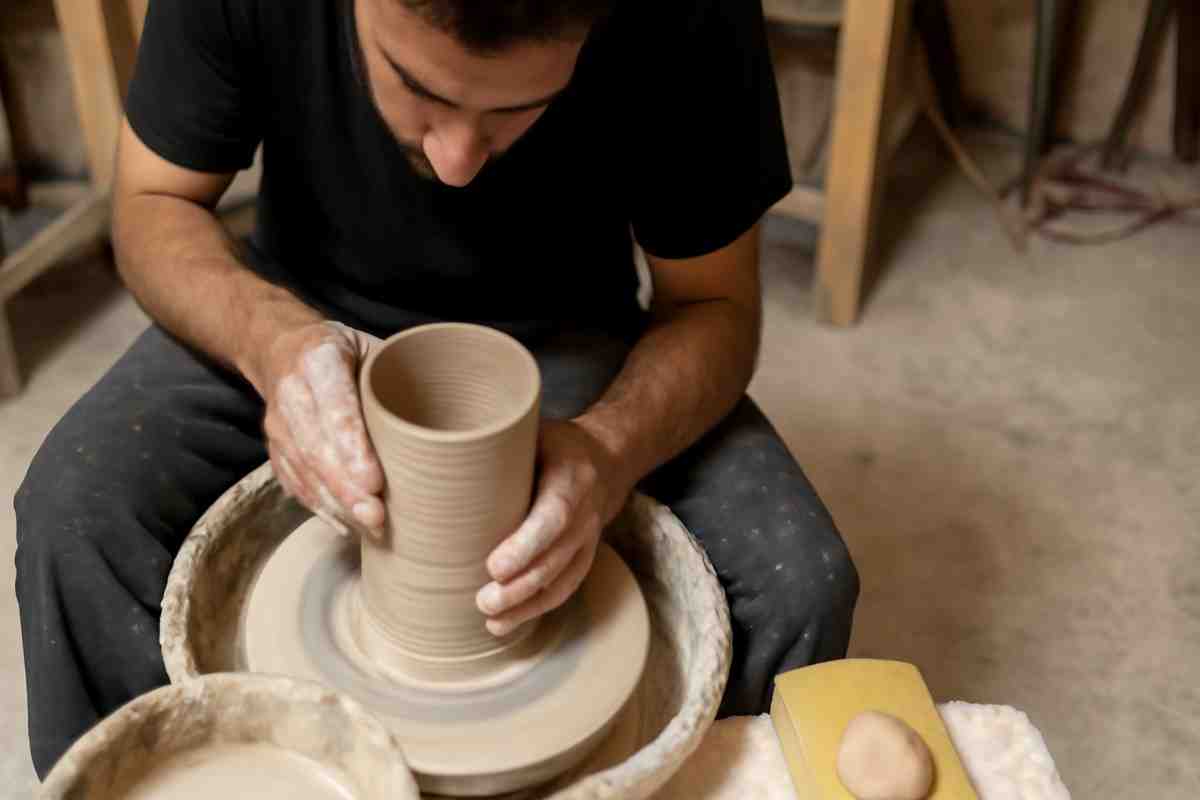
Leave a Reply